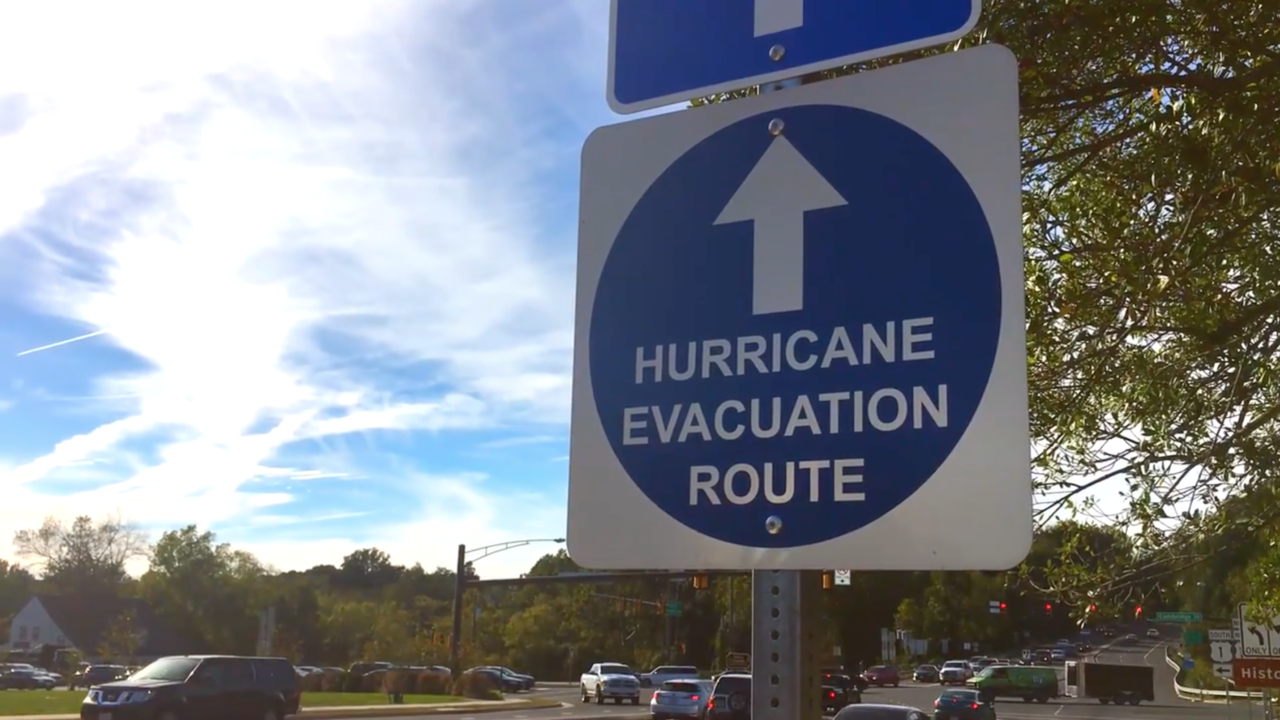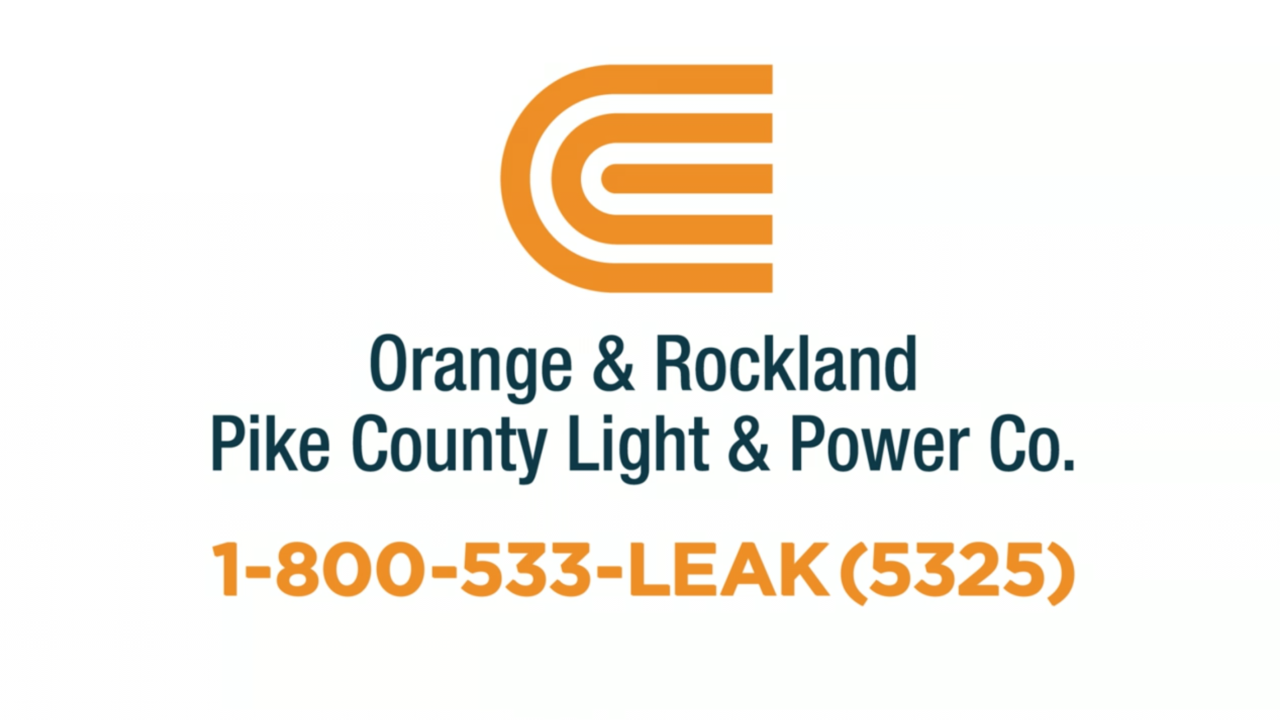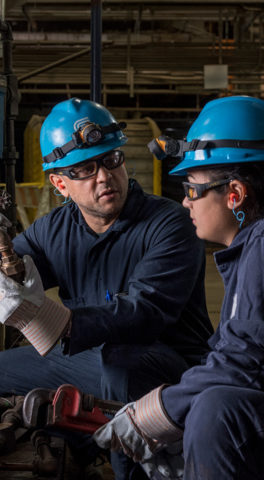
Safety & Environment
Public Safety
We have invested more than $2.9 billion in 2016 to fortify our electric, gas, and steam infrastructure. This investment underscores our commitment to providing energy to millions of customers efficiently and responsibly while protecting the environment and keeping people safe throughout our service area.
Electric
CECONY continues to develop tools, techniques, and management strategies to improve safety, troubleshooting, and program efficiency. Distribution Engineering and Electric Operations teams developed thermal imaging of secondary assets and mobile contact-voltage (also known as stray voltage) scanning in high-activity areas, and introduced latched vented covers. These efforts complement previously existing programs including contact-voltage detection, cover venting, and underground inspection.
CECONY’s underground networks are surveyed for contact voltage 12 times a year, using mobile detectors. In 2016, we found and eliminated 8,961 cases of contact voltage. Of those, 6,529 cases (73 percent) were on non-CECONY equipment (streetlights, electric signs, and other structures). We performed more than 55,000 inspections of our underground system (manholes, service boxes, and transformer vaults).
O&R’s testing of its electric system is completed at least once every five years. In 2016, O&R found and eliminated 16 cases of contact voltage, all on company-owned equipment, and performed 44,510 tests and inspections.
In an emergency, our crews serve the public wherever we are needed. In October, we traveled to Virginia to help restore power and assist residents after Hurricane Matthew:

Gas
As part of our ongoing effort to reduce our carbon footprint and sharpen our focus on natural gas safety, we are working with the New York State Public Service Commission (PSC) to develop a program to identify and reduce emissions from small volume, non-hazardous leaks of methane gas. Currently, non-hazardous leaks are scheduled for repair based on the availability of resources and the leak’s proximity to other types of street-opening work. In 2016, we focused on reducing the backlog of non-hazardous leaks. We’ve maintained historically low levels of such leaks into 2017 and have typically repaired these type 3 leaks on average in less than 40 days.
The PSC reached a $153 million settlement with Con Edison related to the investigation of a 2014 East Harlem gas explosion. Since that incident, we have greatly increased investments in our gas systems to further enhance public safety. We accelerated our cast iron and unprotected-steel, gas-main replacement plan and established monthly system-wide gas leak patrols. We improved emergency response procedures with the Fire Department of New York and coordination with key city agencies. We also closely worked with the city on legislation regarding building gas pipe inspections.
We launched a successful media campaign, “Smell Gas, Act Fast,” featuring videos and social-media posts that informed customers on what to do if they smelled gas. The videos were done in English, Spanish, Chinese, and Korean. Here’s the English-language version:

Steam

We provide steam service for approximately 2.5 million people in Manhattan through an underground network of pipes. By generating steam primarily through co-generation, we provide efficient production and reduce emissions that would otherwise be generated by localized boilers and equipment. We focus on identifying ways to lower costs to customers, maintain high reliability, improve resiliency, and protect the environment. In 2016, we continued to achieve safe and efficient operations while meeting our customers’ needs and maintaining focus on continued bill reductions. We maintained an overall reliability rate of 100 percent and met a peak demand of eight million pounds of steam on January 5, 2016.
